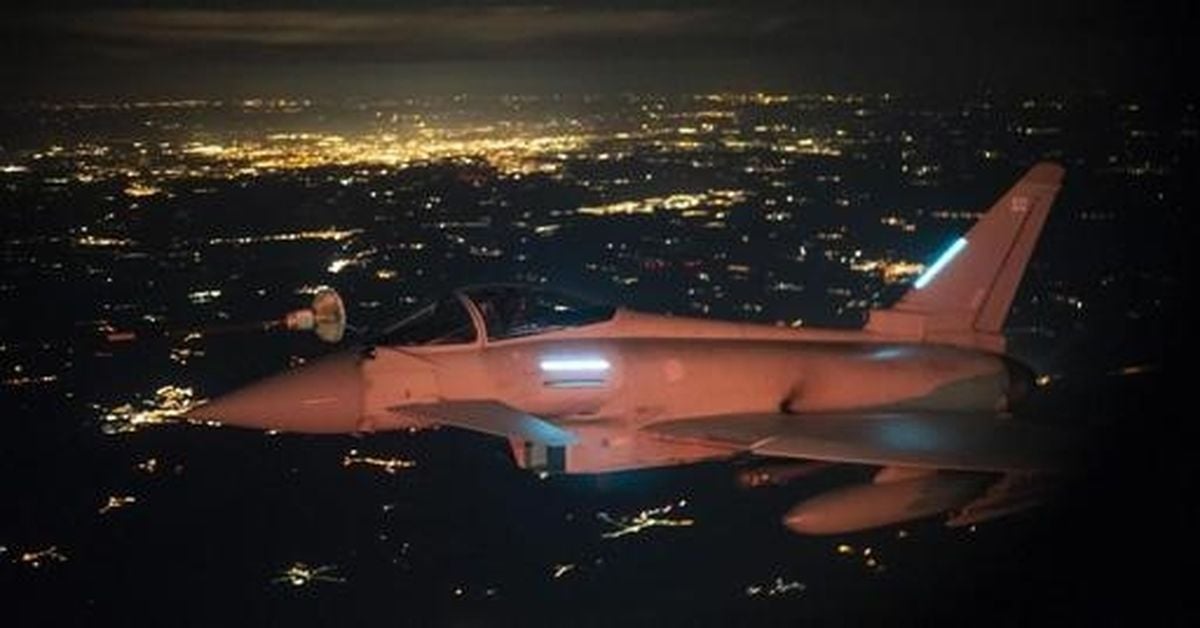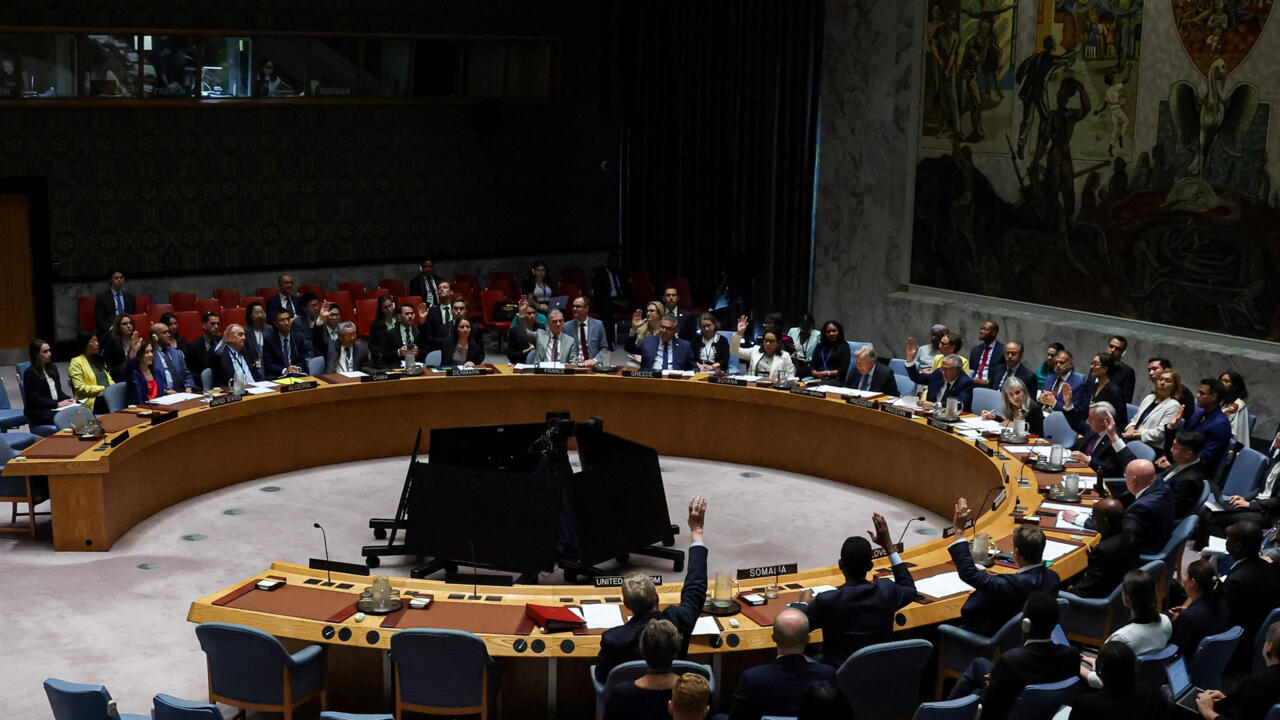Mysterious Drone Sightings Spark NATO Concerns Amidst Rising Tensions with Russia
A series of mysterious drone sightings over major airports in several European cities has raised serious concerns for NATO, marking a potential new challenge to the alliance's security. These incidents, involving airborne objects appearing at night and then disappearing, have disrupted commercial air travel in Norway, Sweden, and Denmark, triggering a multinational investigation into their origins.
Disruptions and Hybrid Attack Accusations
The most recent incident occurred in Denmark's northern Jutland region, leading to the closure of Aalborg airport to civilian flights on Wednesday. Danish officials, unable to identify the drone operators, characterized the operation as a sophisticated and professional "hybrid attack" on the country. The launch point of the drones, whether from land or sea, remains unknown.
While Russian officials deny involvement, their history of employing similar hybrid tactics has made Kremlin complicity a leading theory. These incidents follow confirmed Russian drone incursions into Poland and Romania, as well as violations of Estonian airspace by Russian MiG fighter jets, prompting some analysts to draw a direct connection.
Expert Analysis and Psychological Warfare
"It's all connected," said Ofer Fridman, a lecturer in war studies at King's College London. Natasha Linsteadt, a specialist in authoritarian regimes at the University of Essex, echoed this sentiment, stating that the drone operation bears the hallmarks of Russia's special services. Fridman believes this is part of psychological warfare, aimed at provoking a response from the West.
"My initial thought is this has to be Russia... whoever's operating these drones has a high level of capacity and know-how. And this really fits into what Russia has typically engaged in." - Natasha Linsteadt, University of Essex
Fridman further explained that Putin seeks to project Russia's military strength and demand respect as a great power. He suggests that Russia uses hybrid tactics, such as drone incursions, to demonstrate power without risking a full-scale war. He asserts that Putin is essentially "bluffing" to create an illusion of strength.
NATO's Response and "Operation Eastern Sentry"
The European response has involved both political and military measures. Dutch and Polish jets previously shot down several Russian drones that entered Poland. Italian F-35s have also intercepted Russian jets over Estonia. Subsequently, the UK deployed fighter jets to protect Warsaw, and NATO announced "Operation Eastern Sentry" to reinforce air defenses in countries bordering Russia, including contributions from Denmark, France, and Germany.
Poland's foreign minister issued a strong warning to Russia's ambassador at a UN Security Council Meeting, demanding an end to the provocations.
"If another missile or aircraft enters our space without permission, deliberately or by mistake, and gets shot down and the wreckage falls on NATO territory, please don't come here to whine about it. You have been warned." - Radek Sikorski, Poland's foreign minister.
Perspectives on NATO's Strategy
Marcus Kolga, a Canadian expert on Russian hybrid warfare at the Macdonald-Laurier Institute, believes that NATO's responses have been appropriate and effective, blunting Russia's efforts to undermine morale. He highlights the importance of NATO air policing and the presence of troops, like those from Canada in Latvia, in deterring Russian aggression.
While there are disagreements within NATO regarding the best approach, with some advocating for a more hawkish stance, others, like German Defence Minister Boris Pistorius, caution against falling into an "escalation trap." Ukraine's President Volodymyr Zelenskyy has urged NATO to take more forceful actions to prevent Putin from expanding the war beyond Ukraine.
Exploiting Divisions and Domestic Distractions
The timing of these incidents raises concerns about Putin's potential exploitation of divisions within NATO, particularly regarding the U.S.'s commitment to the alliance. Furthermore, some analysts suggest that Russia's increased use of drones and jets in Western Europe reflects its struggles on the battlefield in Ukraine. The current hybrid actions could also serve as a "domestic distraction" from economic woes within Russia, including rising interest rates, inflation, and state debt.
| NATO Member | Response |
|---|---|
| Poland | Shot down Russian drones; Strong warnings at UN |
| Italy | Intercepted Russian jets |
| United Kingdom | Deployed fighter jets to protect Warsaw |
| Denmark, France, Germany | Stepping up anti-aircraft contributions |
Russia's Strategic Reserve and Future Conflict
Recent analysis from the Institute for the Study of War (ISW) suggests that Russia has been building a strategic reserve of new recruits, potentially indicating preparations for a larger conflict, possibly with NATO.
The ISW reports that approximately 292,000 individuals signed contracts with the Russian Ministry of Defence between the start of 2025 and mid-September. This recruitment drive, combined with Russia's recent airspace violations of NATO members, points to an "aggressive campaign to test NATO air defenses and political will".
According to the ISW, this testing is "part of a broader effort to collect actionable intelligence that Russia may then apply to a potential future conflict against NATO." These actions, viewed within the context of building a strategic reserve, raise significant questions about Russia's long-term intentions and the future security landscape in Europe.
 Visit the website
Visit the website





